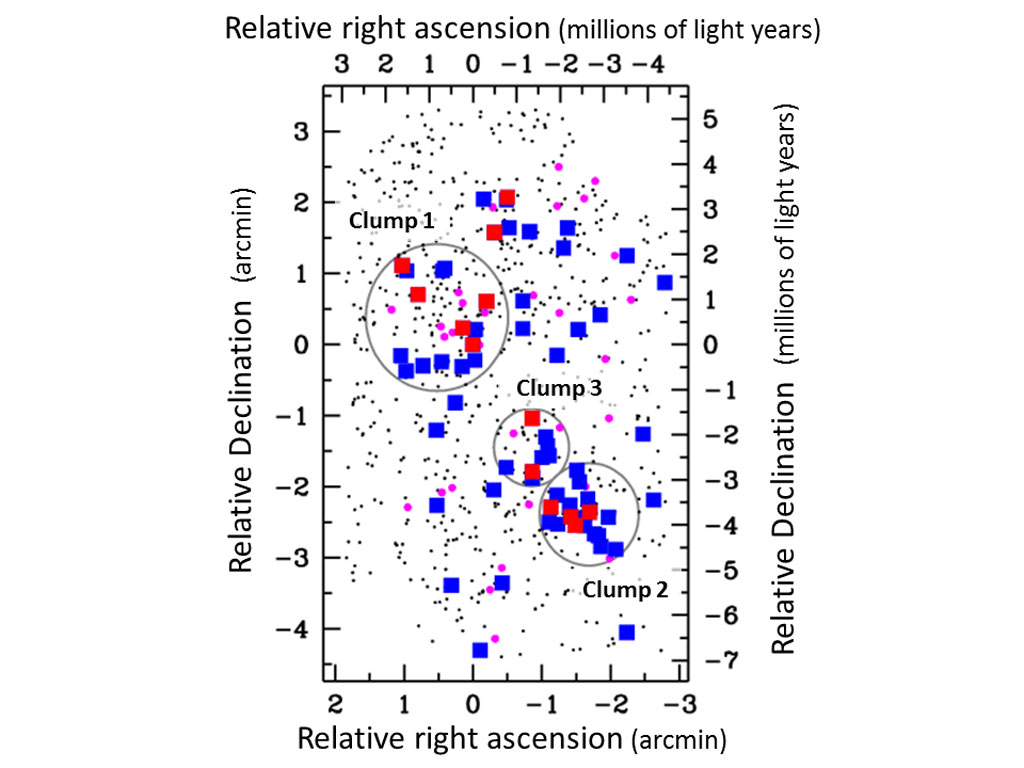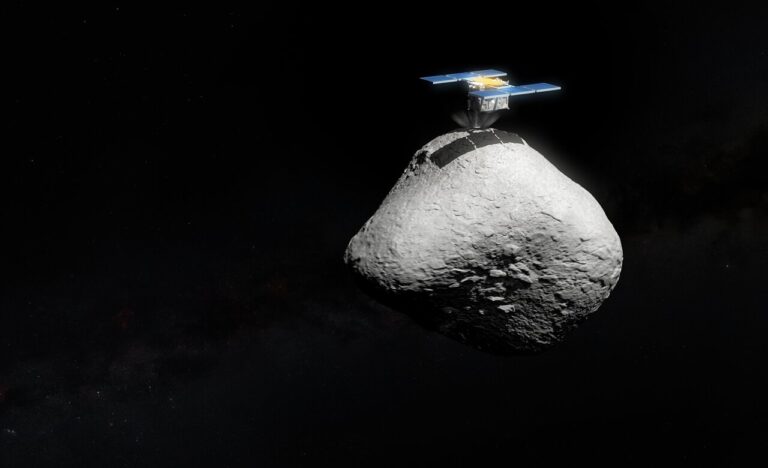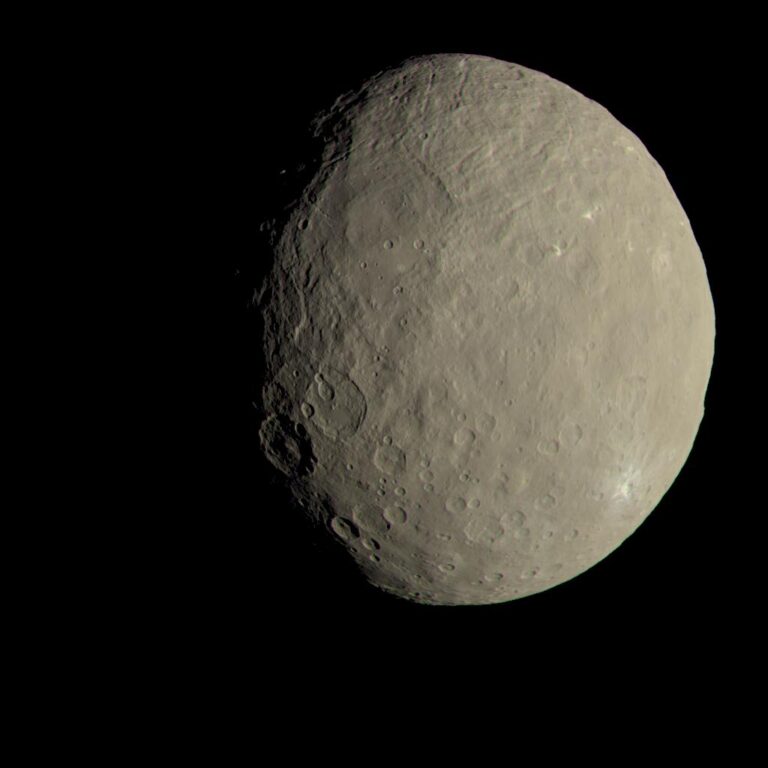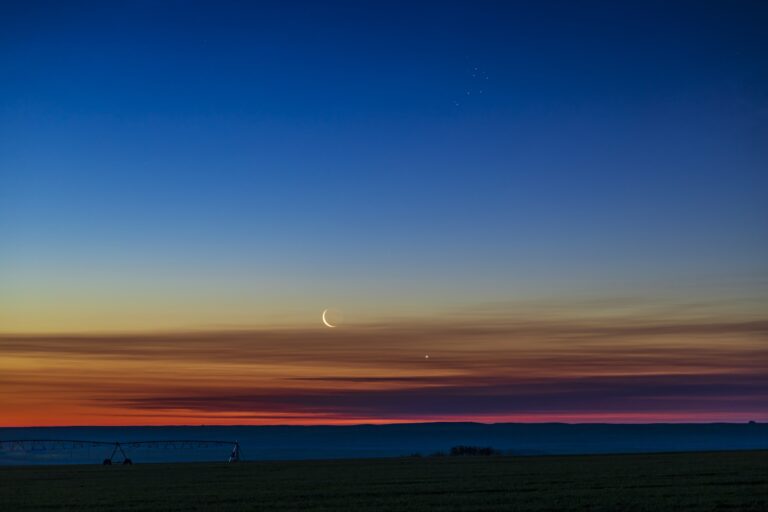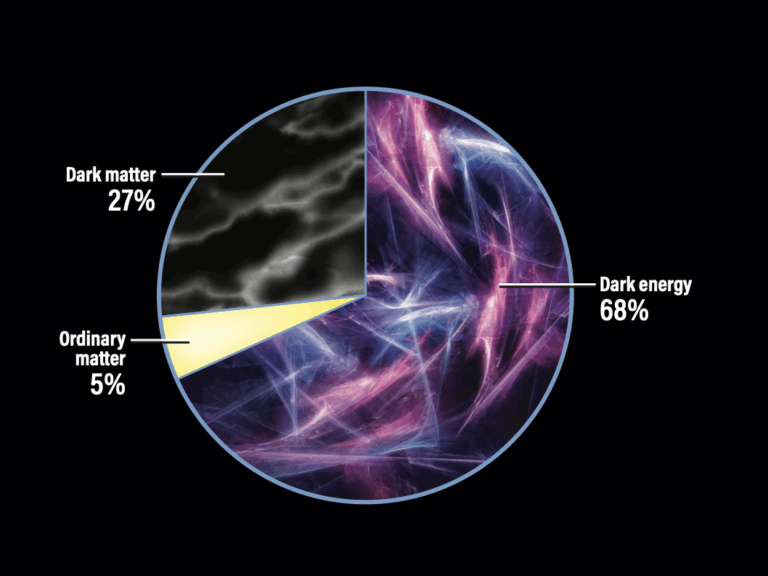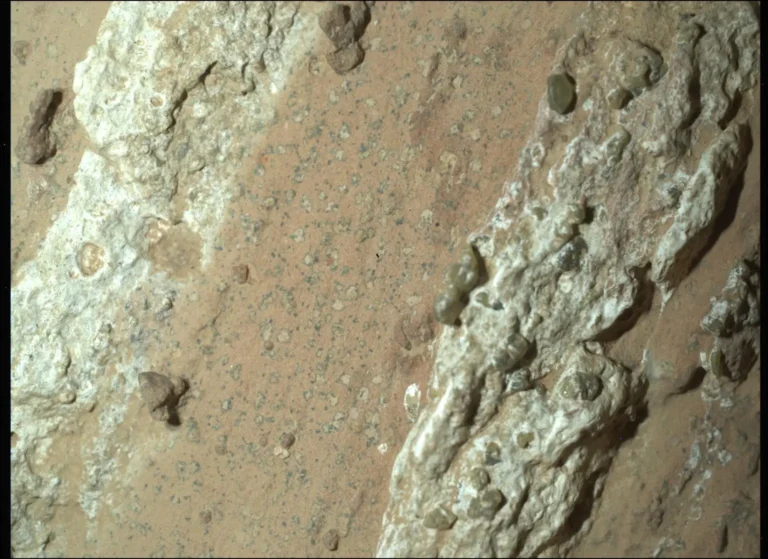Key Takeaways:
Research to investigate the formation of protoclusters
The properties of galaxies strongly depend on where they reside. Some galaxies occupy crowded, gravitationally bound regions called galaxy clusters and groups while others live in deserted areas called general fields. In the present-day universe, galaxy clusters generally contain old elliptical galaxies that are not actively forming stars, and general fields usually encompass young disk galaxies that are active. Why do these galaxies segregate into different habitats in the universe? Investigation of the formation of distant protoclusters that are progenitors of local galaxy clusters may provide an answer. Clusters or “ancient cities” of galaxies are not everywhere. Discovering them in their adolescence, when the surrounding environment influences their development, is likely to yield the best basis for studying how clusters of galaxies form.
The current research team focused its search on star-forming galaxies associated with protocluster USS 1558-003. This target is a dense region of old, mature (“red-burning”) galaxies, and occurs in the epoch from 9 to 11 billion years ago when the “adolescent” galaxies were growing vigorously. The team used MOIRCS mounted on the Subaru Telescope for their research; they also fitted MOIRCS with a narrowband filter customized for this target to capture the Hydrogen-alpha emission lines coming from the star-forming regions (Figure 1). In addition, they searched for extremely red galaxies that are inactive and passively evolving.
The wide-field observations revealed that three notable galaxy groups of various sizes (Figure 2) make up the protocluster. The number of galaxies concentrated in these clumps is very high, about 15 times greater than that of general fields in the universe at the same cosmic time. No other region known so far in the ancient universe of 11 billion years ago or more has so many strongly clustered galaxies. The intense star-forming activity in the entire observed region of the protocluster amounts to new star formation equivalent to 10,000 Suns per year. The activity is analogous to watching the swift construction of an ancient, developing city, when elliptical galaxies were young and growing rapidly in a dense environment.
Another important discovery about this protocluster is that almost all of the transitioning red-burning galaxies tend to be confined to the dense clumps. Their apparent preference for a location in the densest environment probably means that the protocluster is actually in its growth phase and having some environmental effects on the galaxies. The research team plans to examine the individual galaxies more closely in order to reveal what is actually happening as the cluster is forming.
Future prospects from the MAHALO-Subaru project
The results presented in this article are among the many exciting new findings that are just emerging from the MAHALO-Subaru project, which focuses on identifying the fundamental physical processes that determine the properties of galaxies in dense environments. The project’s research team led by Kodama is conducting systematic observations of a large sample of galaxy clusters and protoclusters at various distances, hence at various cosmic times. The results show that galaxy clusters observed at times more than 9 billion years ago generally have active star formation, even in their densest central regions, in contrast to present-day clusters in which old, inactive elliptical galaxies dominate. It appears that clusters grow from the inside out. They first grow rapidly in cores of protoclusters, and the sites of active growth of galaxies spread to the surrounding outskirts, like suburbs forming at the peripheries of cities.
The research contributes to an understanding of how clusters and the galaxies within them form and grow with cosmic time. The research team sums it up: “We are now at the stage when we are using various new instruments to show in detail the internal structures of galaxies in formation so that we can identify the physical mechanisms that control and determine the properties of galaxies.”


